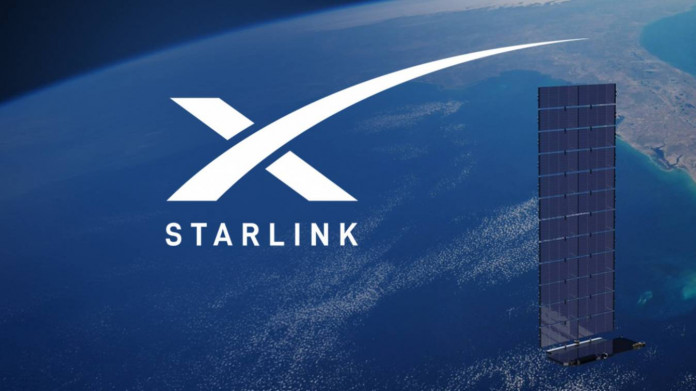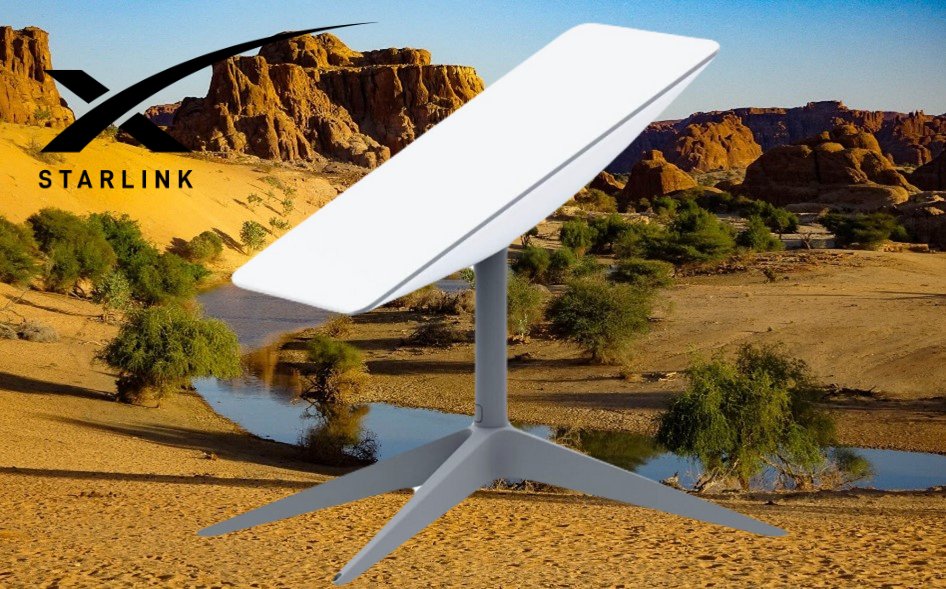UAE Internet Outage: Is Starlink the Backup?

Dubai: This weekend, internet users across the UAE experienced intermittent connectivity and slower speeds, underscoring the region’s dependency on undersea fiber-optic cables, which carry more than 99% of global internet traffic.
The disruption was traced to damage on the crucial SEA-ME-WE-4 (SMW4) and IMEWE cables near Jeddah, Saudi Arabia, which connect Europe, the Middle East, and Asia.
For more updates, connect with us on WhatsApp!
What Went Wrong?
While the exact cause of the cable damage remains uncertain, such failures are often attributed to ship anchors or could potentially stem from deliberate attacks.
Microsoft warned that the incident may have caused increased latency across the Middle East, though traffic from unaffected routes remained stable.
Is Starlink a Viable Backup?
Satellite internet, including SpaceX’s Starlink, is emerging as a potential backup solution. The UAE’s Telecommunications and Digital Government Regulatory Authority (TDRA) has initiated public consultations since July 2025 to enable licensed providers to offer satellite broadband services like Starlink to residents.
Starlink is currently operational in several Middle Eastern countries—Qatar, Oman, Bahrain, Jordan, and Yemen—and has recently received approval for aviation and maritime use in Saudi Arabia.
According to Jimmy Grewal, Managing Director of UAE’s marine electronics firm ELCOME, Starlink offers significantly lower latency—up to ten times better than traditional satellite systems.
He noted that while Starlink and similar systems (like SES’s O3b M-POWER and Amazon’s Project Kuiper) cannot entirely replace undersea cables, they can “serve as a valuable supplement… to maintain connectivity and ease pressure during incidents.”

Real-World Precedents
- Tonga: Following undersea cable damage in 2022 and 2024, the country relied on satellite services like Starlink to stay connected.
- South Africa: Despite multiple cable disruptions, Starlink maintained connectivity for users.
How Starlink Could Enhance Resilience
Starlink’s Direct-to-Cell (D2C) technology can connect mobile phones directly to satellites—without requiring Wi-Fi or additional hardware—for texting, location sharing, and eventually voice and data services.
Its low-Earth orbit satellites (approximately 350 km altitude) offer robust emergency connectivity even when traditional infrastructure is compromised.
However, satellite networks have their own vulnerabilities: Starlink experienced a global outage in July 2025 lasting about 2.5 hours, affecting thousands of users—a reminder that even backup systems require resilience.
The weekend’s internet slowdown in the UAE highlights the fragility of relying solely on undersea cables. Starlink and other satellite services present promising alternatives to buttress connectivity during infrastructure disruptions.
While they cannot fully substitute for fiber, these systems can provide critical redundancy—especially as the UAE works toward regulatory frameworks to integrate satellite broadband into its digital ecosystem.
Follow us on Facebook for the latest updates!
Read more
- MoCI Shuts Down Authorized Apple Dealer in Doha Over Consumer Protection Violations
- UAE Internet Outage: Is Starlink the Backup?
- How to Exchange Your Foreign Driving Licence for a Dubai Licence
- Qatar Police Announces Public Auction for Seized Vehicles Starting September
- UAE Condemns Qatar Blasts, Affirms Full Solidarity with Doha
Gulf News







